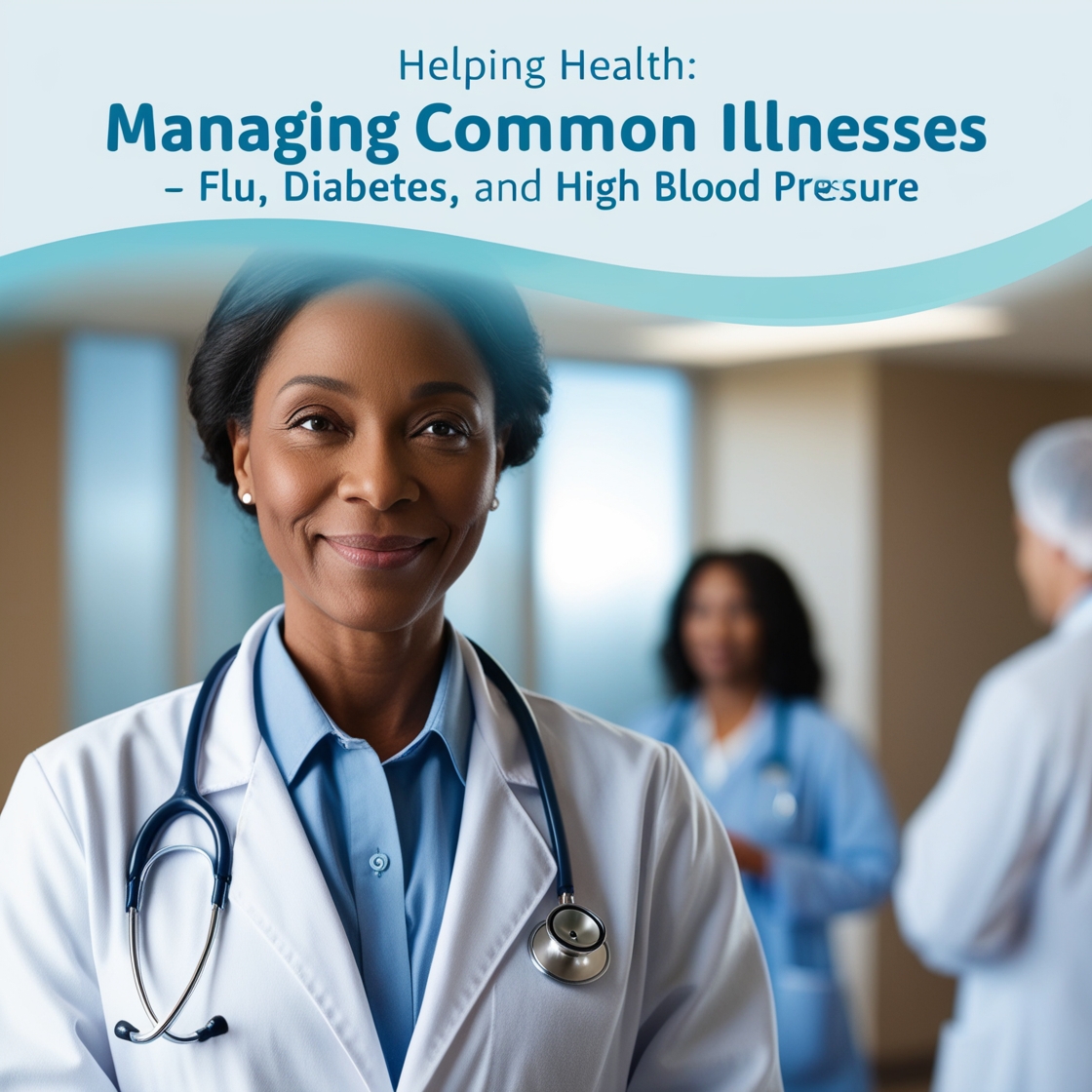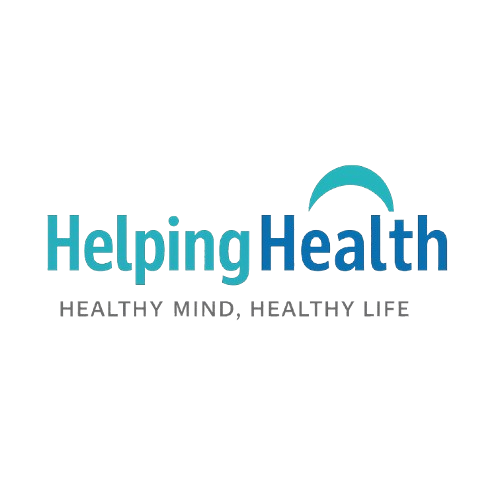
Helping Health: Managing Common Illnesses – Flu, Diabetes, and High Blood Pressure
Discover expert tips on flu prevention, diabetes care, and blood pressure management. Learn symptoms, treatments, diet, and lifestyle strategies with Helping Health.
Introduction: Understanding the Impact of Common Illnesses
In today’s fast-paced world, common illnesses like the flu, diabetes, and high blood pressure (BP) affect millions of people globally. While some conditions like the flu are seasonal and temporary, othe
rs such as diabetes and hypertension are long-term health challenges that require daily attention.
On Helping Health, we believe that knowledge is the first step to prevention and recovery. This article will explore the causes, symptoms, prevention strategies, and treatment options for these three major health conditions.
By the end, you’ll have a clearer picture of how to keep your immune system strong, blood sugar balanced, and blood pressure under control.
Part 1: The Flu (Influenza)
What is the Flu?
The flu, or influenza, is a contagious viral infection that primarily affects the nose, throat, and lungs. Unlike the common cold, flu symptoms tend to appear suddenly and are more severe.
Symptoms of the Flu
-
High fever (often above 101°F / 38.3°C)
-
Headache and body aches
-
Fatigue and weakness
-
Cough, sore throat, runny nose
-
Chills and sweating
Causes & Risk Factors
-
Caused by influenza viruses (Type A, B, and C)
-
Spreads via coughing, sneezing, or touching contaminated surfaces
-
Higher risk for children, elderly, pregnant women, and those with weak immunity
Prevention of Flu
-
Get vaccinated annually – flu vaccines are the best preventive measure.
-
Maintain good hygiene – frequent hand washing, sanitizers, covering coughs.
-
Boost immunity – eat foods rich in Vitamin C, zinc, and antioxidants.
-
Stay hydrated & rest – dehydration weakens the immune response.
Treatment Options
-
Rest & fluids – essential for recovery.
-
Antiviral medications (if prescribed).
-
Over-the-counter medicines – to reduce fever, cough, and aches.
-
Seek medical help if symptoms worsen.
Part 2: Diabetes
What is Diabetes?
Diabetes mellitus is a chronic condition that affects how the body processes blood sugar (glucose). Uncontrolled diabetes can damage vital organs, nerves, and blood vessels.
Types of Diabetes
-
Type 1 Diabetes – autoimmune, usually diagnosed in children/young adults.
-
Type 2 Diabetes – most common, often linked to obesity and lifestyle.
-
Gestational Diabetes – develops during pregnancy.
Common Symptoms
-
Frequent urination
-
Excessive thirst & hunger
-
Unexplained weight loss
-
Fatigue & irritability
-
Slow-healing wounds
Risk Factors
-
Family history of diabetes
-
Obesity & poor diet
-
Physical inactivity
-
High blood pressure or cholesterol
-
Age above 40
Prevention & Management
-
Healthy Diet – low sugar, high fiber, whole grains, and fresh vegetables.
-
Regular Exercise – 30–45 minutes daily walking, yoga, or cardio.
-
Monitor Blood Sugar – check levels regularly.
-
Medication & Insulin – if prescribed.
-
Reduce stress – meditation and proper sleep.
Long-Term Complications of Untreated Diabetes
-
Heart disease & stroke
-
Kidney damage (nephropathy)
-
Vision problems (retinopathy)
-
Nerve damage (neuropathy)
Part 3: High Blood Pressure (Hypertension)
What is High BP?
Hypertension occurs when the force of blood against artery walls is consistently too high. Often called the “silent killer”, it may not show symptoms until serious damage occurs.
Symptoms (if present)
-
Severe headaches
-
Shortness of breath
-
Nosebleeds
-
Fatigue or confusion
-
Chest pain
Causes & Risk Factors
-
Family history of hypertension
-
High salt intake
-
Obesity & lack of physical activity
-
Smoking & alcohol consumption
-
Stress & poor sleep
Prevention & Management
-
Balanced diet – reduce salt, eat more fruits, vegetables, and lean protein.
-
Exercise regularly – aerobic activity helps regulate BP.
-
Weight management – even small reductions lower risk.
-
Limit alcohol & quit smoking.
-
Medication – antihypertensive drugs may be necessary.
Lifestyle Habits for Overall Health
The flu, diabetes, and high blood pressure may seem different, but they share one thing in common: all can be improved with lifestyle changes.
-
Eat clean & balanced meals
-
Stay physically active
-
Prioritize sleep (7–8 hours daily)
-
Manage stress with yoga, meditation, and deep breathing
-
Get regular health checkups
When to Seek Medical Help?
Don’t ignore warning signs. Seek immediate medical attention if you experience:
-
High fever with breathing difficulty (flu)
-
Blurred vision, extreme fatigue, or confusion (diabetes)
-
Sudden chest pain or stroke-like symptoms (hypertension)
Conclusion: Helping Health for a Better Tomorrow
Managing common illnesses like flu, diabetes, and high blood pressure is possible with the right information, preventive strategies, and lifestyle habits. At Helping Health, our goal is to empower readers to live longer, healthier lives with simple, science-backed tips.
???? Remember: Healthy mind, healthy life.
Stay informed, take small steps every day, and you’ll notice big improvements in your well-being.
